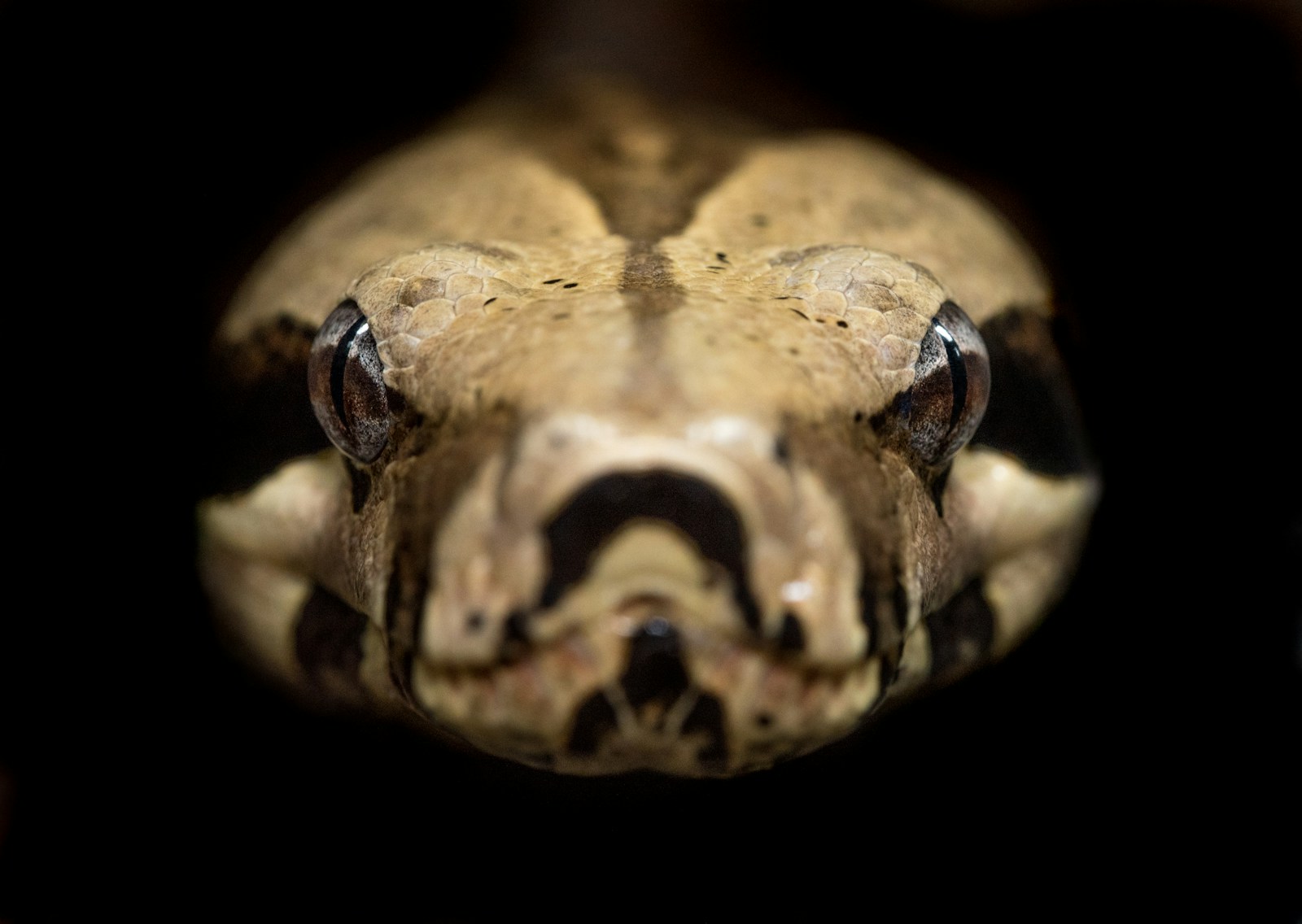In the realm of remarkable reptilian adaptations, few are as visually striking as a snake’s extraordinary ability to transform its body shape during digestion. These remarkable creatures can consume prey many times larger than their own head, and their bodies undergo dramatic physical changes as they process these substantial meals. The seemingly impossible feat has fascinated scientists, wildlife enthusiasts, and casual observers alike for centuries. Unlike mammals, whose relatively fixed skeletal structure limits what they can swallow, snakes have evolved specialized anatomical features that enable them to drastically alter their form when consuming and digesting prey. This shape-shifting ability represents one of nature’s most impressive adaptations, allowing snakes to occupy ecological niches that would otherwise be inaccessible.
The Remarkable Elasticity of Snake Anatomy
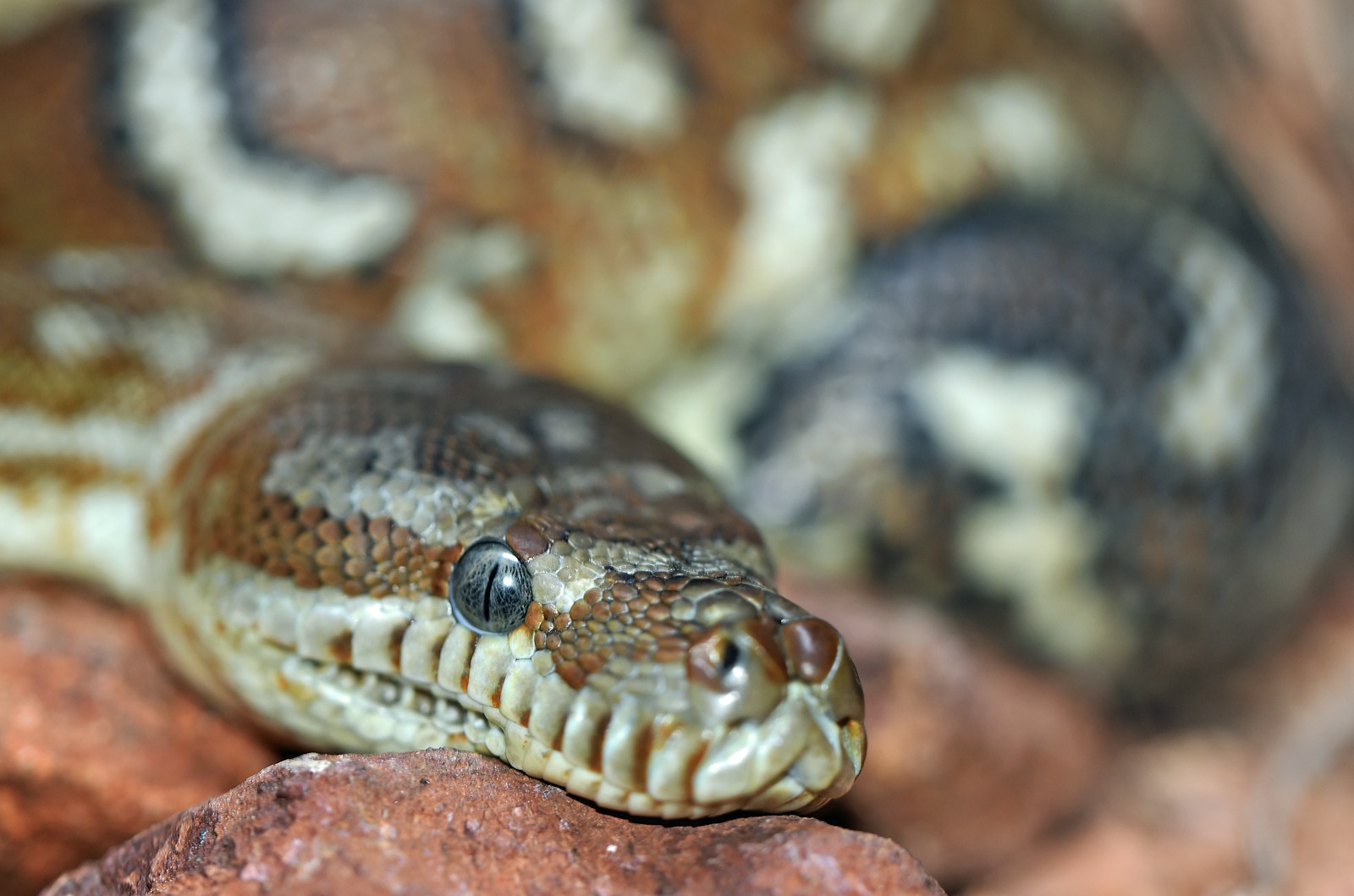
At the heart of a snake’s shape-changing ability is its extraordinarily elastic anatomy. Unlike mammals, snakes possess extremely mobile jaw bones that aren’t fused at the front, allowing them to open their mouths to astonishing widths. The mandibles (lower jawbones) are connected by stretchy ligaments rather than rigid joints, creating what amounts to a highly flexible hinge system. Beyond their jaws, snakes have evolved ribs that can spread apart significantly, and skin that contains specialized folds that unfurl during stretching. This combination of adaptable bone structure and expandable soft tissue creates an integrated system perfectly designed for handling oversized meals. Even their internal organs can shift and compress to accommodate the massive bulge of prey moving through their digestive tract.
The Incredible Stretching Jaws
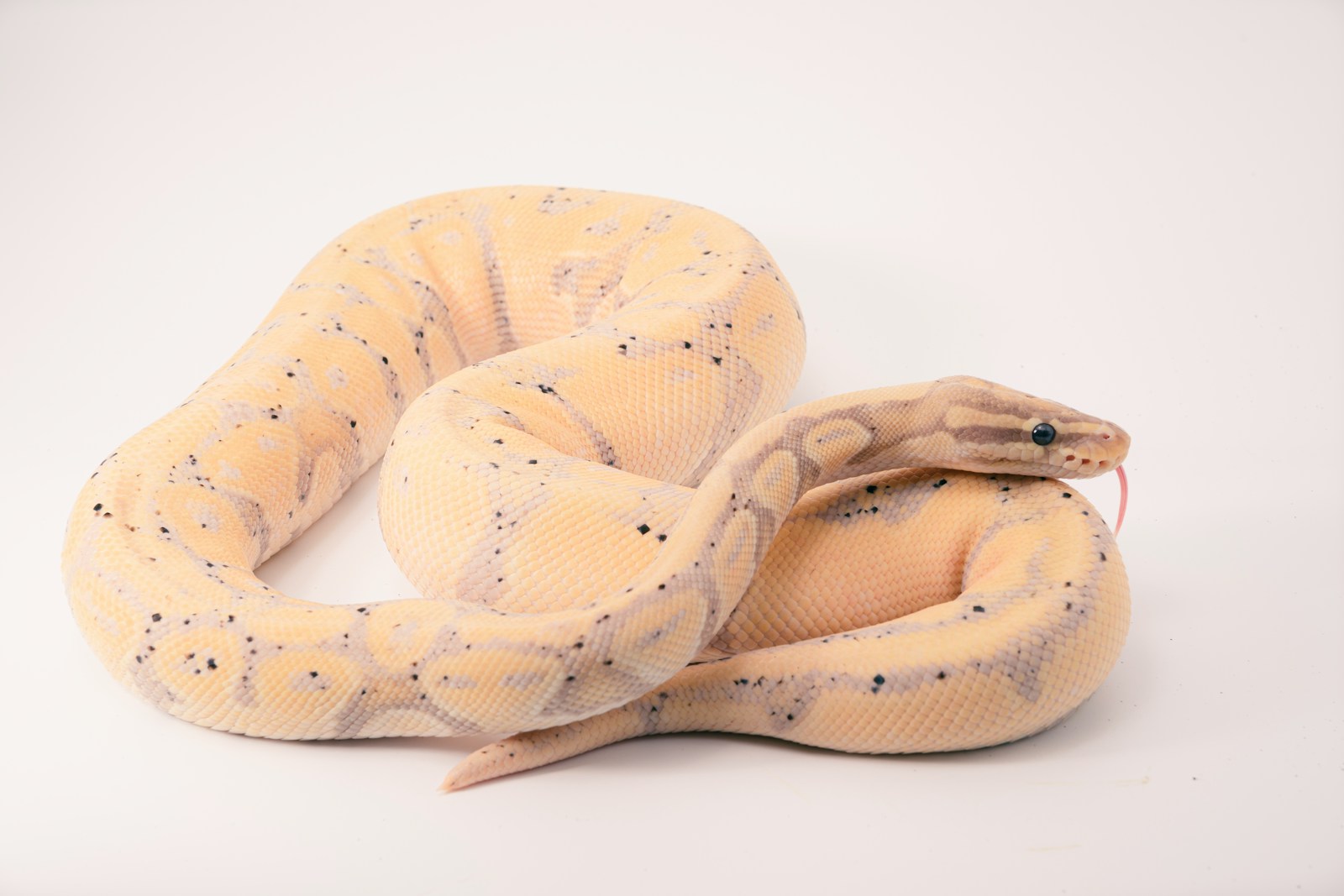
A snake’s jaw represents one of the most sophisticated feeding adaptations in the animal kingdom. Most vertebrates have mandibles firmly connected at the chin, but snakes possess a split lower jaw connected by an elastic ligament. This configuration allows the two sides of the jaw to move independently, essentially “walking” around prey as the snake gradually engulfs it. Beyond this, snakes have multiple additional joints in their skull that permit extraordinary mobility. The quadrate bones, which connect the skull to the lower jaw, can rotate outward to widen the gape even further. Even more remarkable, many of the skull bones themselves can spread apart, creating a stretching effect that resembles a slowly expanding basket as the snake maneuvers prey into its throat. This multi-jointed system is precisely what enables a snake to swallow animals that appear impossibly large for its head size.
The Physics of Swallowing Enormous Prey
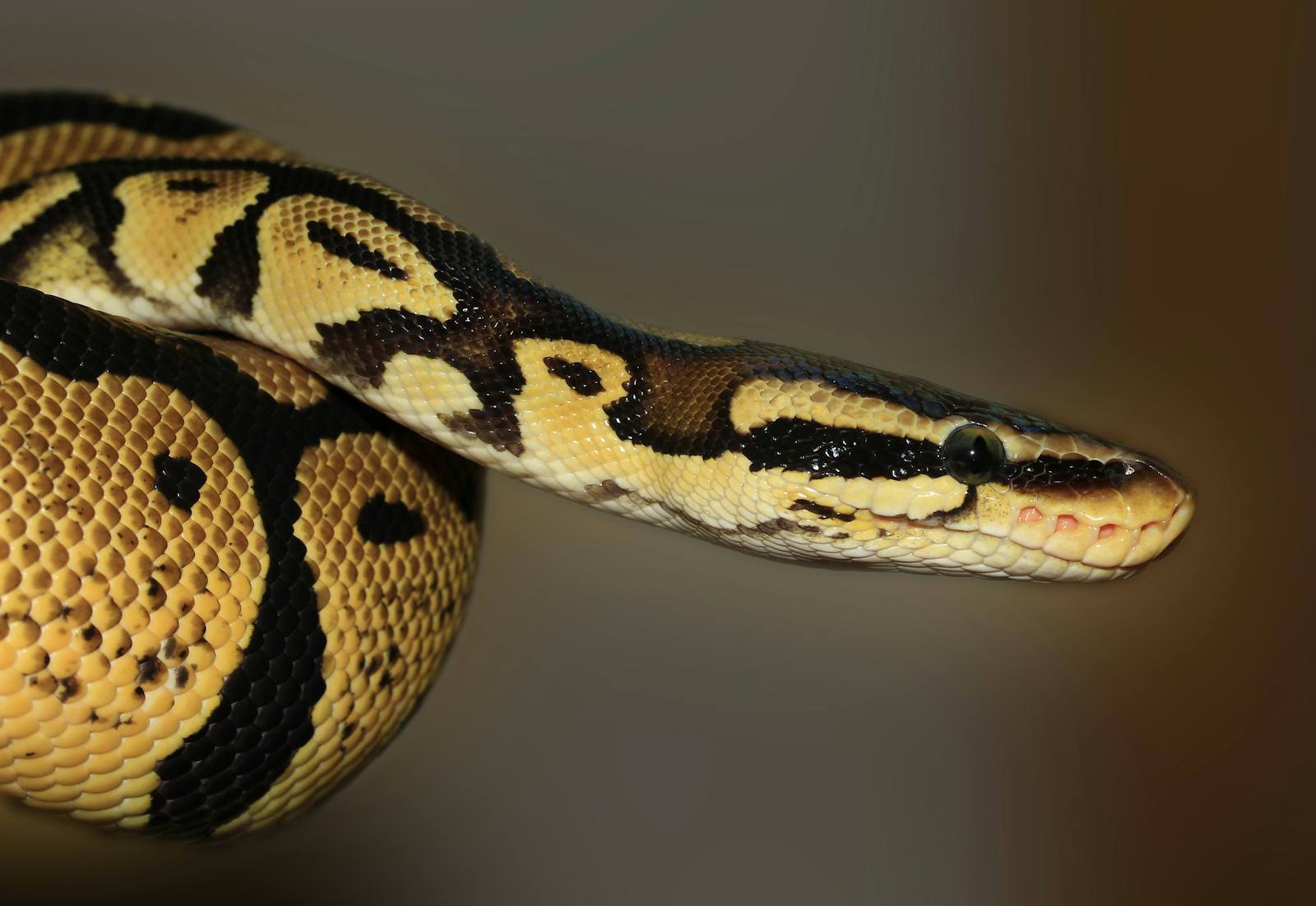
When a snake consumes prey many times larger than its head diameter, it’s engaging in a masterclass of biological physics. The process begins with the snake striking and securing its prey, typically using constrictive force or venom depending on the species. After subduing the meal, the snake begins the laborious process of swallowing, which relies on a complex sequence of muscular contractions. Using alternating movements of its jaws, the snake gradually works its mouth around the prey item while secreting copious amounts of lubricating saliva. This remarkable feeding mechanism exerts tremendous physical stress on the snake’s body systems. During this process, a snake may temporarily dislocate its jaw from the skull and stretch its skin to near-translucent thinness. Scientists have measured expansion capabilities allowing some species to increase their cross-sectional area by more than 400% during the consumption of exceptionally large prey.
The Famous Food Bulge
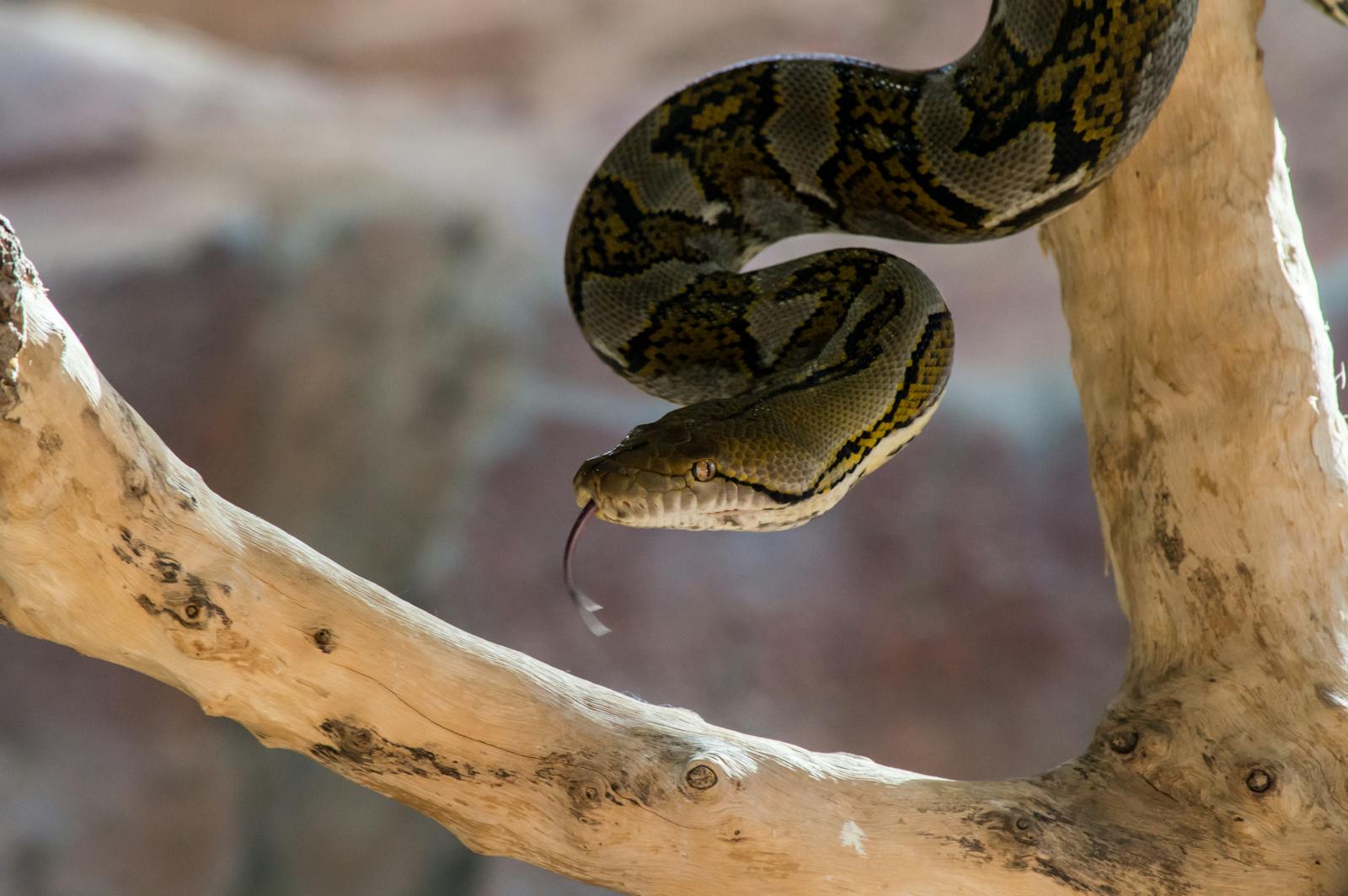
Perhaps the most visually dramatic aspect of a snake’s shape-shifting ability is the distinctive bulge that forms as prey moves into the digestive tract. This bulge can be so pronounced that the snake’s typical sleek silhouette becomes radically distorted, sometimes taking on the exact contours of the swallowed animal. The size of this distention varies dramatically depending on prey size relative to the snake, with some pythons and boas developing bulges so extreme they can barely move after consuming large mammals. This bulge typically progresses slowly through the snake’s body over days or weeks as digestion gradually breaks down the meal. For observers, this visual transformation serves as a striking reminder of snakes’ exceptional adaptability. Wildlife photographers and nature documentarians often seek to capture images of these dramatic bulges as they represent one of nature’s most visually compelling phenomena.
The Metabolic Transformation During Digestion
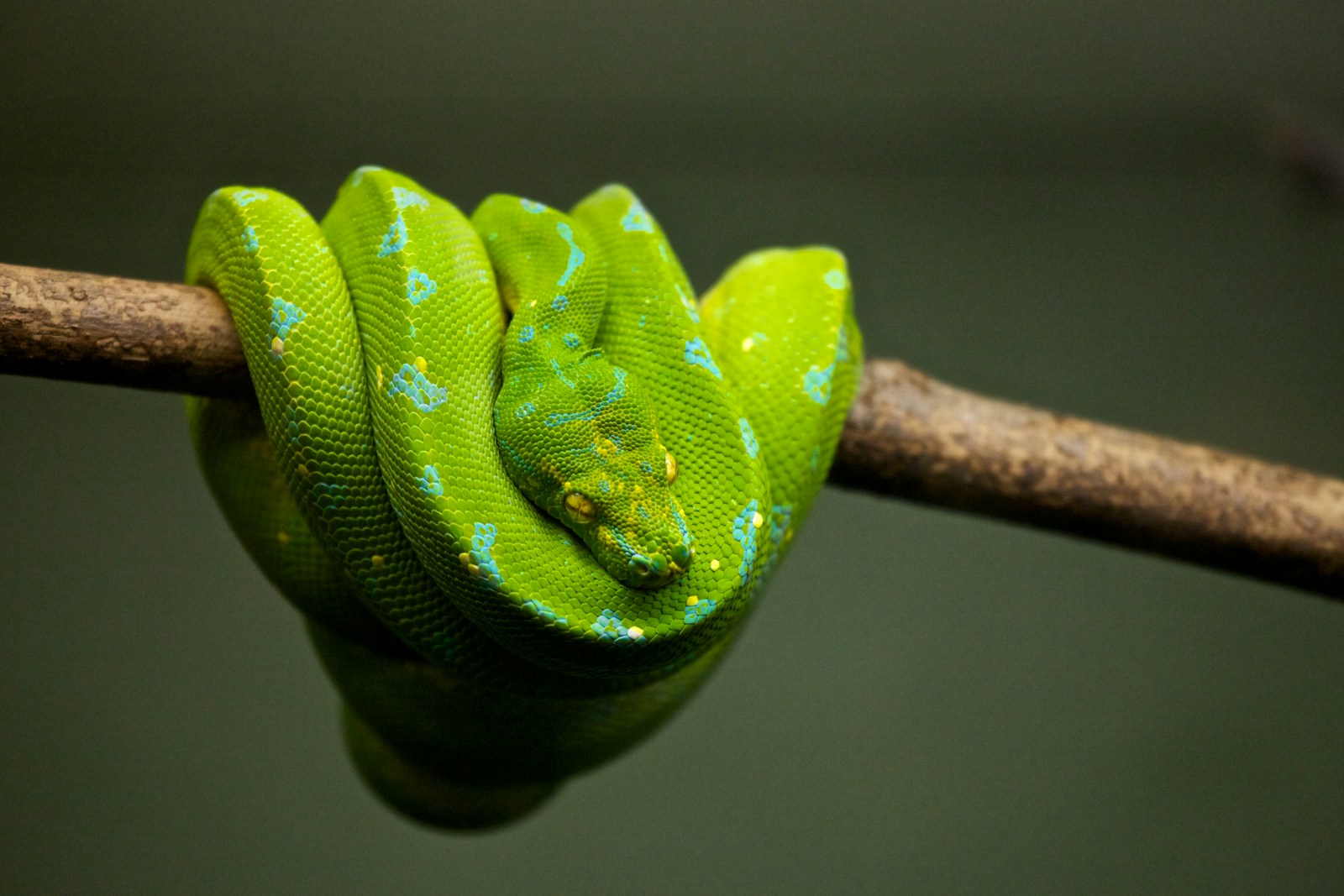
When a snake consumes a large meal, its entire metabolism undergoes a dramatic transformation that rivals the physical changes in its body shape. Many species can survive prolonged periods without eating, shutting down digestive systems and reducing metabolic rates to conserve energy. However, once a substantial meal is consumed, the snake’s internal systems roar back to life with astonishing vigor. Studies have shown that some snakes can increase their metabolic rate by up to 4000% during peak digestion, representing one of the most extreme metabolic shifts known in the animal kingdom. This tremendous increase is necessary to produce the digestive enzymes and stomach acid required to break down entire prey animals, including bones, fur, and other tough tissues. The spike in metabolism also generates significant heat, sometimes raising the snake’s body temperature by several degrees in a phenomenon sometimes called “digestive fever.”
Record-Breaking Meals and Extreme Cases
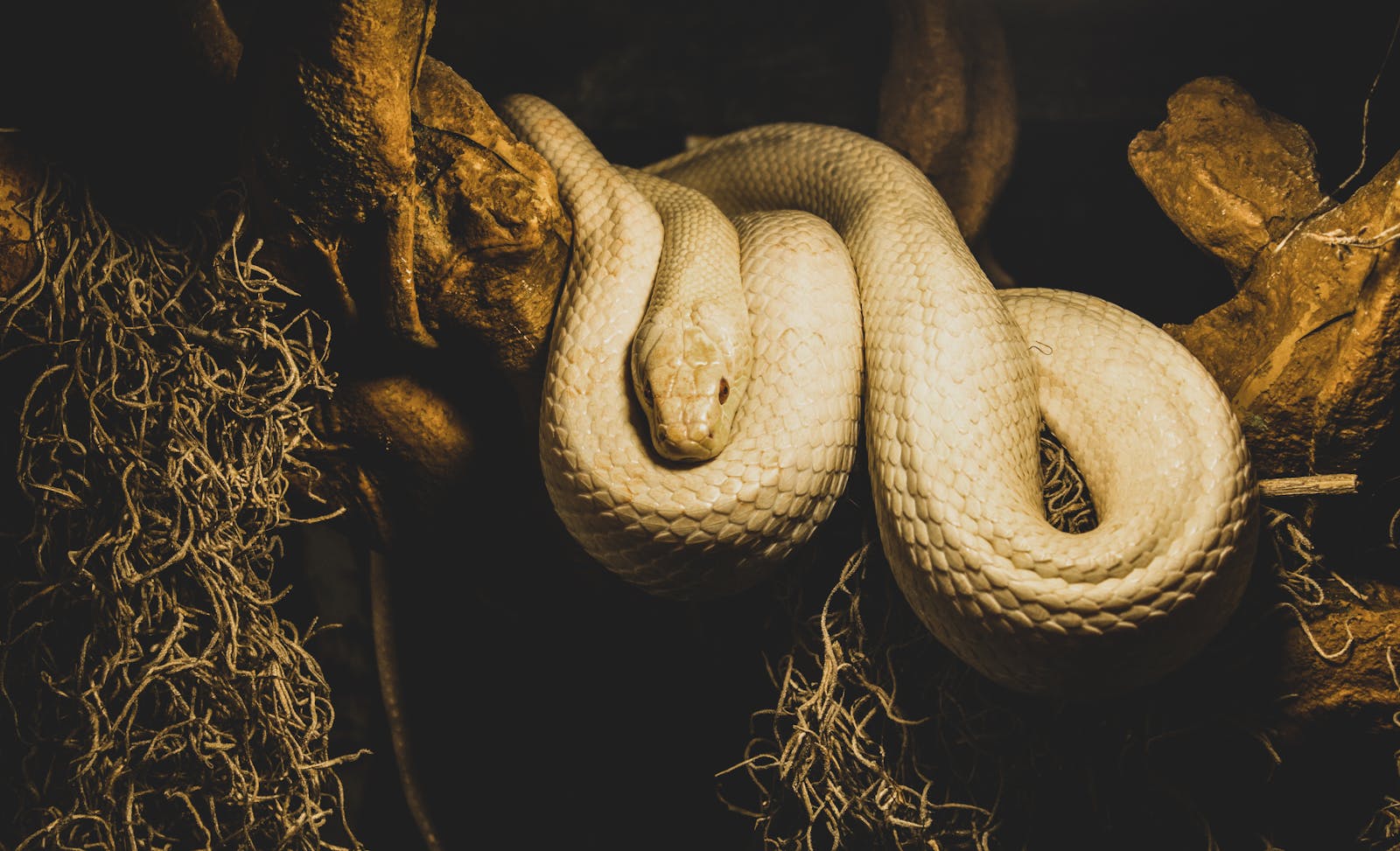
The annals of herpetology contain numerous documented cases of snakes consuming truly massive prey items that resulted in extreme body distortions. Perhaps the most famous examples come from large constrictors like reticulated pythons and anacondas, which have been reliably documented consuming prey exceeding 50% of their own body weight. One particularly notable case involved a Burmese python in the Florida Everglades that had consumed an entire adult white-tailed deer, creating a bulge nearly three times the snake’s normal diameter. African rock pythons have been documented consuming adult antelopes, while reticulated pythons have occasionally been recorded consuming humans in Southeast Asia, though such incidents are extremely rare. These exceptional feeding events highlight the absolute limits of a snake’s shape-changing capacity and often leave the reptile immobilized for weeks during the extended digestive process.
Digestive Adaptations Beyond Physical Shape
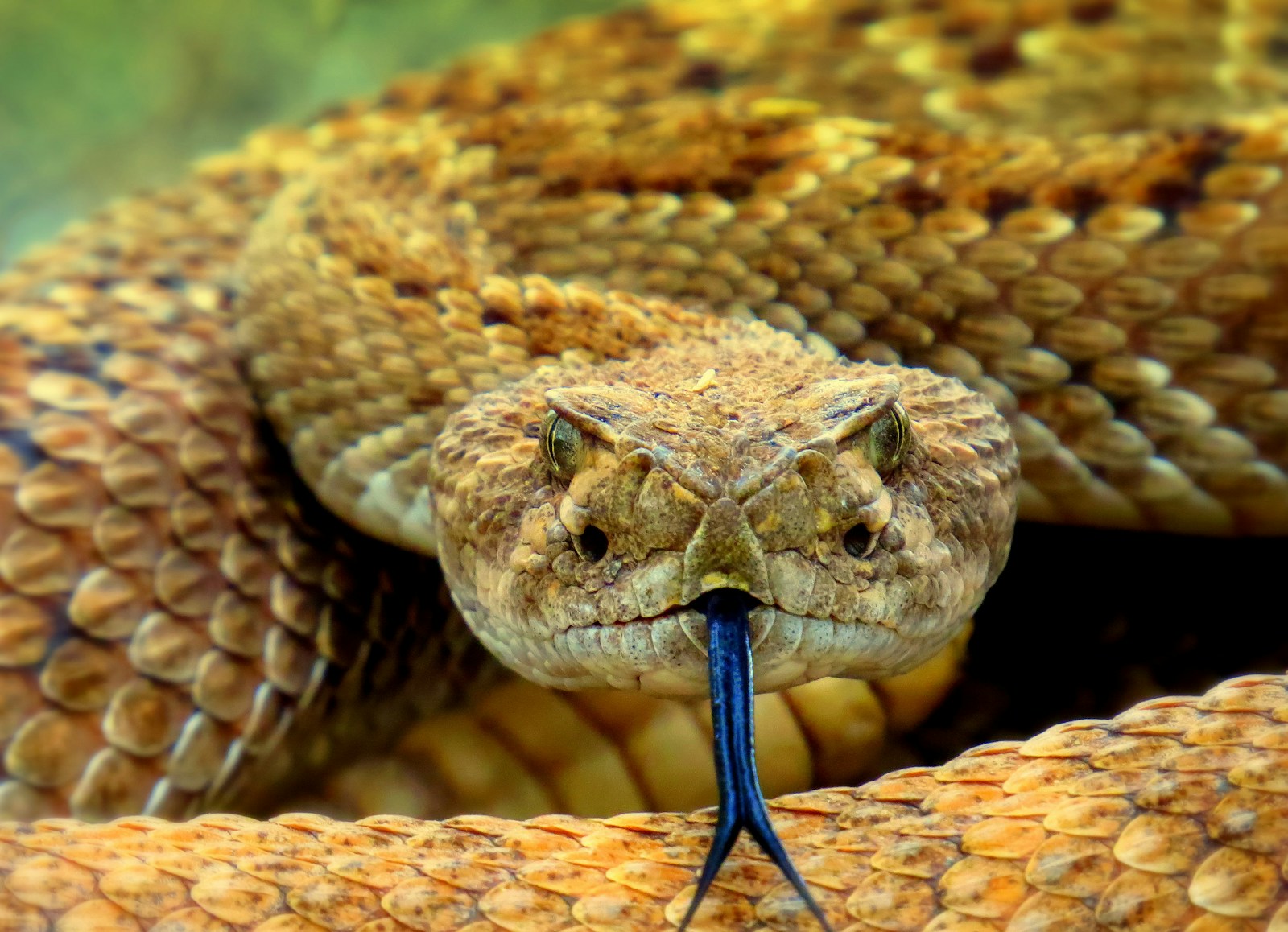
A snake’s adaptations for handling large meals extend far beyond their expandable physical form. Their digestive chemistry is equally specialized, with some species producing stomach acid so potent it approaches battery acid in its corrosive strength. Pythons, for instance, experience a remarkable 1.5-fold increase in the mass of their small intestine within 48 hours of feeding, accompanied by doubled intestinal microvilli length to maximize nutrient absorption. Their liver and pancreas substantially enlarge to produce the enzymes needed for breaking down complex proteins and fats. Even more remarkably, a python’s heart can increase its mass by 40% during digestion to handle the increased circulatory demands of the digestive process. These internal adaptations complement the external shape changes, creating an integrated system perfectly evolved for the feast-or-famine lifestyle that characterizes many snake species.
Vulnerability During Shape-Change
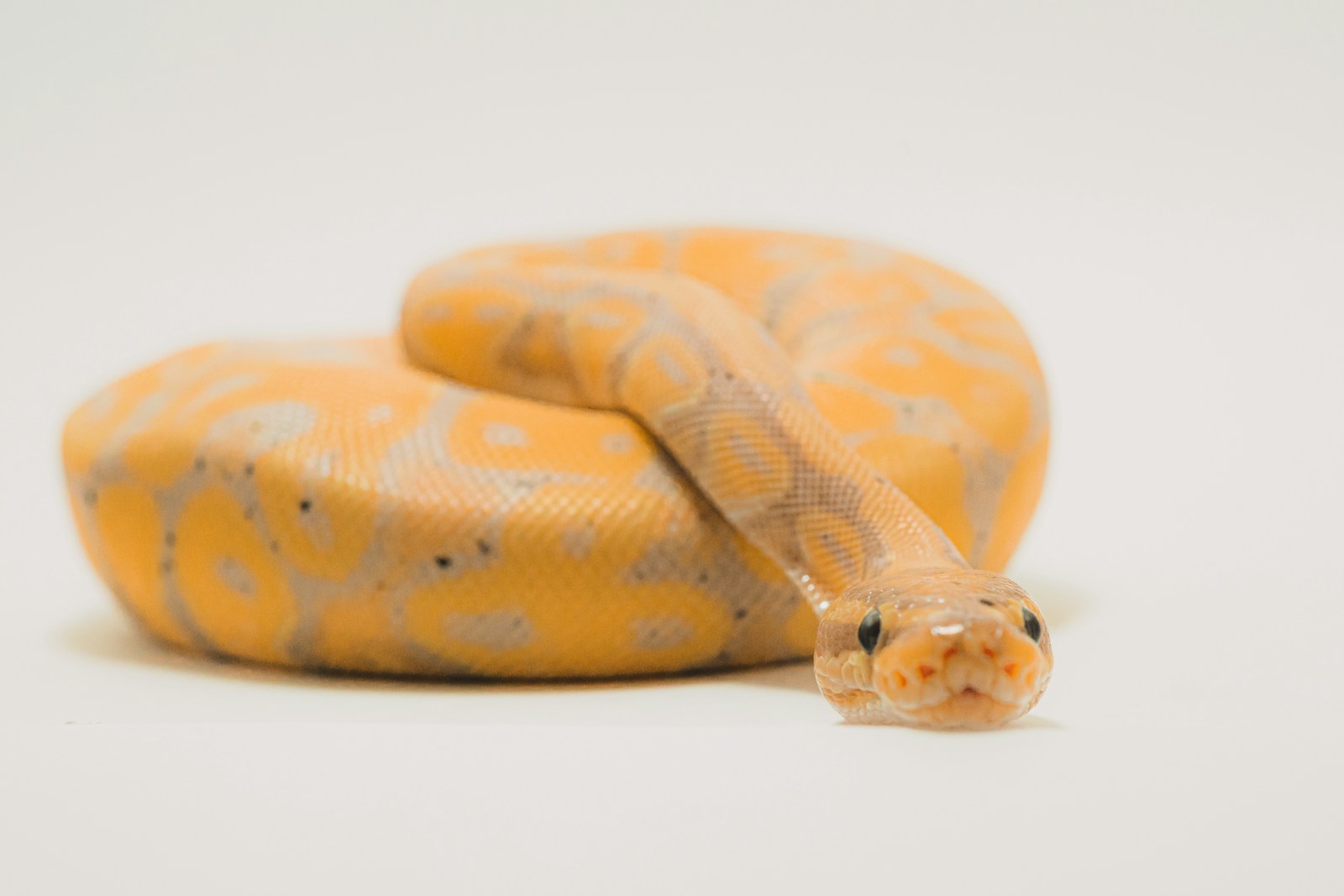
While a snake’s ability to drastically alter its shape provides tremendous feeding advantages, this adaptation comes with significant vulnerabilities. A snake with a large food bulge experiences severely compromised mobility, making escape from predators difficult or impossible. The physical limitations imposed by an engorged midsection can prevent a snake from accessing its typical hiding spots or defensive postures. Respiratory function may also be compromised as the massive meal presses against lungs and other internal organs. Researchers have documented increased predation rates on snakes during this vulnerable digestive period. This vulnerability explains why many snakes retreat to secure hiding locations immediately after consuming large meals, where they can remain motionless for days or weeks while digestion slowly progresses. The trade-off between obtaining maximum nutrition from large prey versus temporary vulnerability represents an evolutionary compromise that has shaped snake behavior for millions of years.
Evolutionary History of This Adaptation

The remarkable ability of snakes to change shape during digestion represents the culmination of millions of years of evolutionary development. Paleontological evidence suggests that the specialized feeding adaptations of modern snakes began developing approximately 100-150 million years ago as ancestral reptiles gradually evolved elongated bodies and reduced limbs. The fossil record indicates that early snake ancestors were burrowing specialists that gradually developed more mobile jaws as an adaptation for feeding in confined spaces. As snakes diversified and expanded into new ecological niches, the advantages of consuming large, nutritionally dense prey items likely drove the continued refinement of their shape-changing abilities. Comparative studies of modern snake species show that the most extreme shape-changing adaptations are found in ambush predators like pythons and boas, which rely on infrequent large meals rather than regular small ones. This evolutionary history reveals how natural selection has progressively refined this extraordinary adaptation over countless generations.
Different Snake Species, Different Shape-Changing Abilities

The capacity to change shape during digestion varies significantly across the approximately 3,900 species of snakes worldwide. Large constrictors like pythons and boas generally demonstrate the most dramatic shape changes, routinely consuming prey exceeding 25% of their body weight and developing enormous digestive bulges. Venomous species like vipers and cobras typically show more moderate shape changes, as their hunting strategy relies on quickly subduing smaller prey rather than overpowering large animals. Some specialized feeders show almost no visible shape changes at all—egg-eating snakes (genus Dasypeltis) have evolved to consume whole eggs without breaking the shell, passing the collapsed shell after extracting nutrients. Aquatic species often show unique adaptations, with sea snakes typically consuming smaller fish that create minimal bulging. These differences in shape-changing capacity reflect the diverse ecological niches and feeding strategies that have evolved across the remarkable radiation of snake species worldwide.
Scientific Research and Imaging Technologies
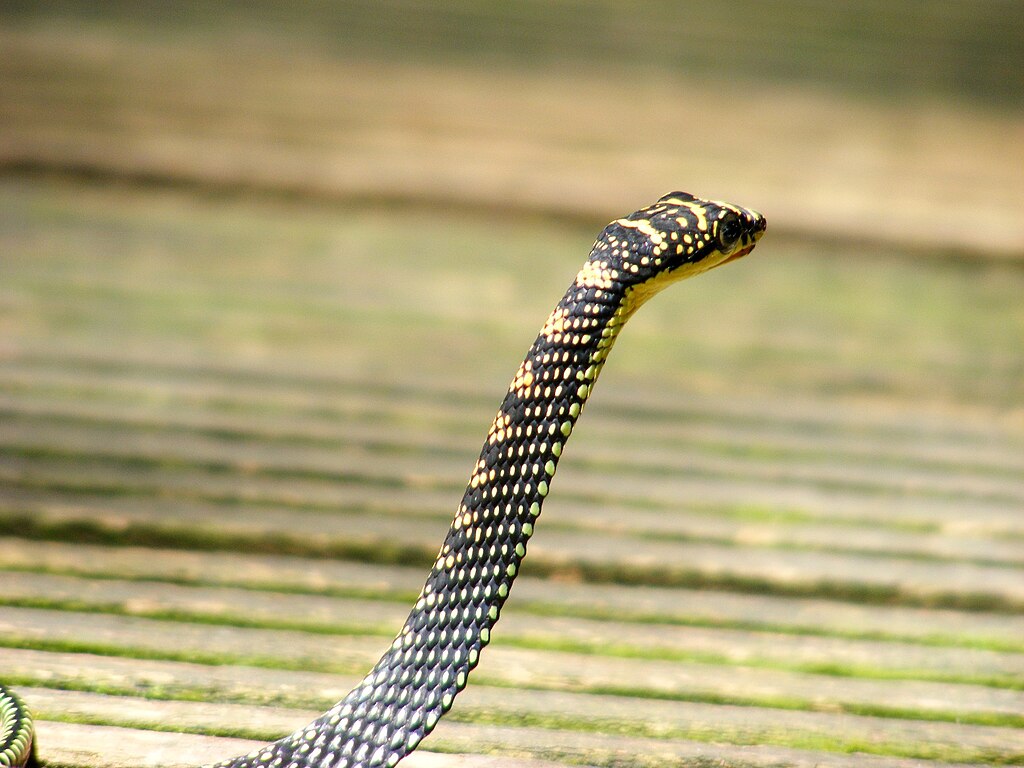
Modern scientific tools have revolutionized our understanding of snake shape changes during digestion. Advanced imaging techniques like computed tomography (CT) scanning, magnetic resonance imaging (MRI), and real-time X-ray cinematography have allowed researchers to visualize the internal reorganization that occurs as snakes consume and process large meals. These technologies have revealed previously unknown details about how organs shift position, how the skeletal structure temporarily reconfigures, and how the digestive tract progressively processes prey. Thermal imaging has provided insights into the metabolic heat generated during digestion, while ultrasound technology allows non-invasive monitoring of digestive progress in live specimens. Studies using implanted markers and external sensors have tracked the precise movements of bones and muscles during feeding events. This growing body of research continues to deepen our understanding of the biomechanical and physiological mechanisms underlying one of nature’s most remarkable shape-changing adaptations.
Misconceptions and Cultural Perspectives
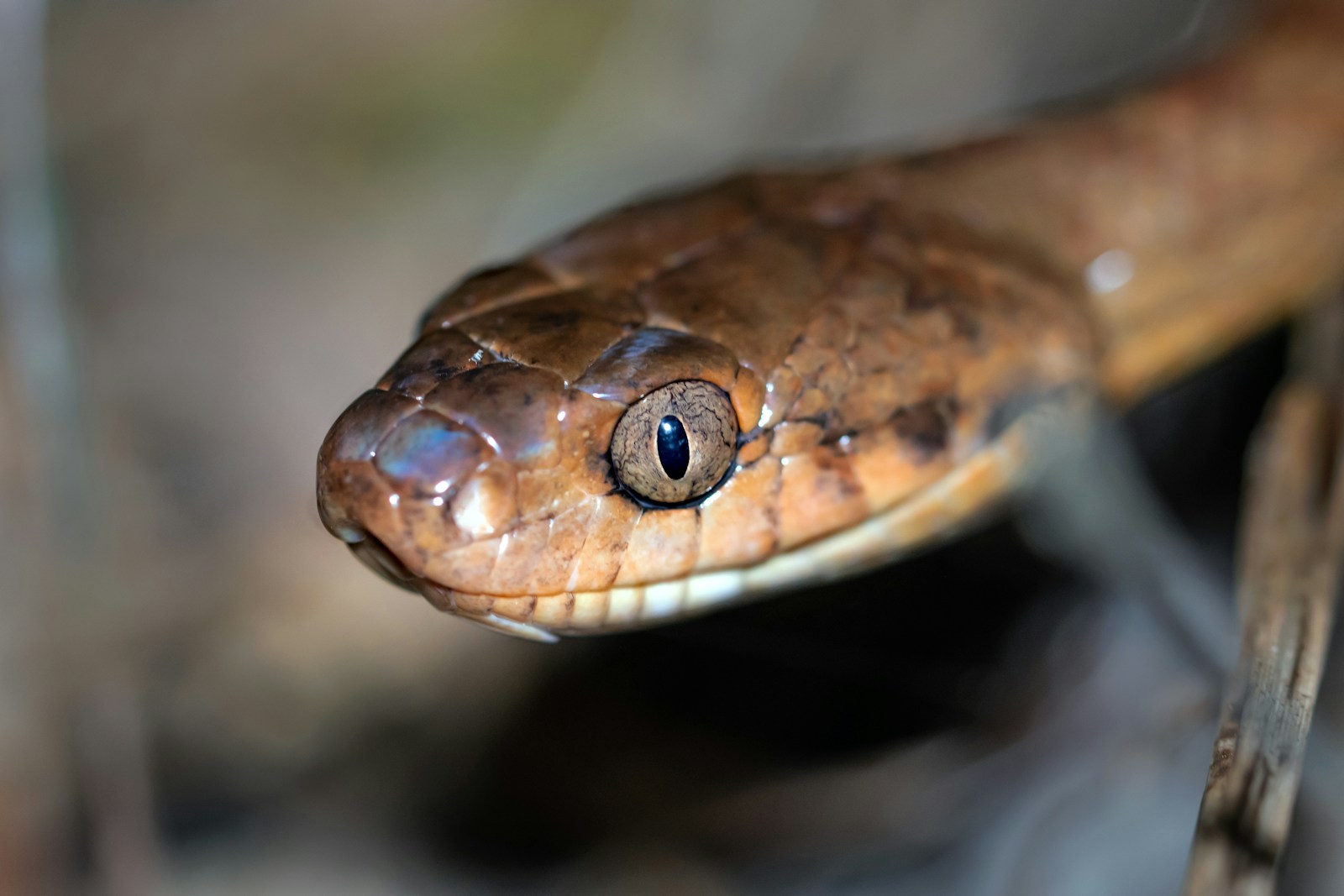
The dramatic appearance of a snake with a large food bulge has generated numerous misconceptions and cultural interpretations throughout human history. Perhaps the most common misconception is that snakes “dislocate” their jaws to swallow large prey—while their jaws are indeed highly mobile, they don’t actually dislocate in the medical sense but rather utilize specialized joint structures designed for extreme mobility. Cultural interpretations of snake feeding have varied widely across human societies, from reverence to fear. In some traditional cultures, the snake’s ability to consume prey larger than itself has been viewed as symbolic of supernatural powers or cosmic significance. Modern media sometimes exaggerates snakes’ consumption abilities for dramatic effect, leading to unrealistic portrayals in films and television. Wildlife conservationists work to dispel these misconceptions and promote accurate understanding of these remarkable adaptations, emphasizing that these shape-changing capabilities reflect evolutionary solutions to ecological challenges rather than reasons for fear.
Practical Implications for Snake Owners

For those who keep snakes as pets, understanding the dramatic shape changes during digestion has important practical implications for proper care. Owners must provide appropriate hiding spaces where their snakes can safely digest large meals without feeling exposed or vulnerable. The temperature of the enclosure becomes particularly critical during digestion, as proper heat supports the increased metabolic demands of processing large prey. Handling should generally be avoided during the digestive period, as it can cause stress that may lead to regurgitation—a dangerous event that wastes energy and can cause injury to the snake. Feeding appropriately sized prey is essential, as items that are too large can cause dangerous complications, while prey that is too small fails to provide adequate nutrition. Understanding the normal progression of digestion allows owners to distinguish between healthy digestive processes and potential health problems that might require veterinary intervention. This knowledge helps ensure captive snakes can safely express their natural feeding behaviors while remaining healthy in human care.
The snake’s remarkable ability to transform its shape during digestion stands as one of nature’s most impressive adaptations. From their specialized jaw mechanics to their expandable skin and reorganizing internal organs, every aspect of snake anatomy participates in this extraordinary process. While this shape-shifting capability comes with temporary vulnerabilities, it has proven remarkably successful as an evolutionary strategy, allowing snakes to occupy ecological niches unavailable to other predators. As scientific research continues to uncover new details about these adaptations, our appreciation only deepens for these remarkable reptiles and their unique place in the natural world. Whether observed in the wild or in captivity, a snake’s dramatic transformation during digestion provides a vivid reminder of nature’s ingenuity in solving the fundamental challenges of survival.

